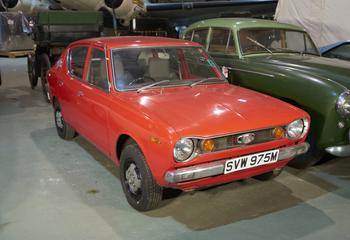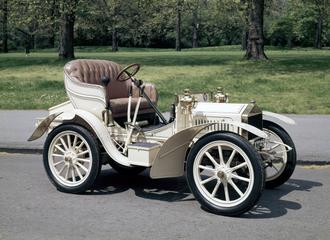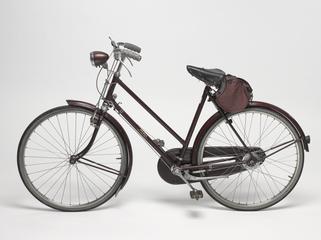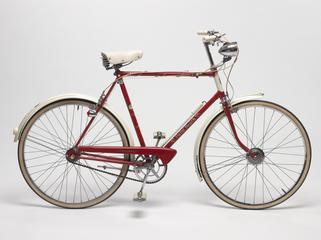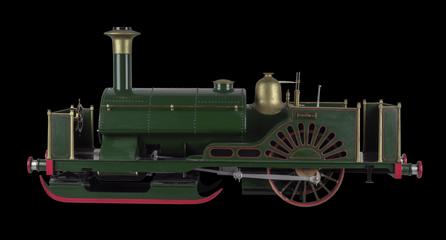Body Buck for Bristol Type 603 Saloon Car
Body buck for Bristol Type 603 saloon car, Bristol Cars, Filton, Bristol, c. 1976
More
This body buck is the master pattern of the Bristol Type 603 car launched in 1976. The Type 603 marked the first major redesign of Bristol cars in over twenty years and was the last model to be designed by Bristol’s chief designer Dudley Hobbs, who strived to make the car more spacious and aerodynamic, while also using flatter body panels that would be easier to hammer. Hobbs started his career at the Bristol Aeroplane Company designing wings. This new streamlined design came with a much larger and curved rear window and more head, leg and shoulder room than any previous Bristol. Other new additions included electrically adjustable seats and air conditioning. The 603 was offered in two versions, largely owing to the energy crisis which increased fuel prices so that affordability of fuel was no longer a certainty for those who could afford such expensive cars.
With roots dating back as far as the late nineteenth century in the tram, bus and later pioneering aviation industries, Bristol Cars was established immediately after the Second World War by the Bristol Aeroplane Company (BAC). Recognising that demand for new aircraft would reduce substantially at the end of hostilities, BAC looked to other potential manufacturing sectors to retain its skilled workforce of around 50,000-70,000 staff. Having acquired the rights to BMW’s pre-war car models and engines through war reparations, the newly established ‘Car Division’ released its first model, the Type 400 Saloon, in autumn 1946 instantly gaining a formidable reputation in the quality car market.
Body bucks are precious items as the final 3D embodiment of the whole design process – the definition of the exterior form. They were most typical of low-volume craft-based manufacture, particularly of bodies made in aluminium, which is easier to form by hand methods than steel. The various panels were formed, away from the buck, by panel beating over generic curved formers (both 'inside' and 'outside' curved formers). In England, tinsmiths would have wheeled the panels by hand on the Kendrick English wheel (a giant floor-mounted G clamp, with differently sized rollers pressed against each other) to fit the buck exactly. As the panels came close to the intended shape, they would be offered up to the buck to check that they conformed to its contours. The coachbuilders would then fit them to the car itself, and gas-weld the alloy panels together. This was a very skilled process, transferred across from the aircraft side of the parent Bristol Aeroplane Company.
Despite only manufacturing three cars a week on average Bristol Cars remained afloat whilst other luxury British rivals such as Aston Martin, Jensen and Panther collapsed financially, were bought out or disappeared altogether. Originally an innovative manufacturer, it became the last bastion of traditional bespoke coach-built luxury cars, until such an approach became uneconomic. Bristol Cars first entered liquidation in 2011 and again in 2020 when its assets were sold in auction.
- Measurements:
-
overall: 1440 mm x 1770 mm x 4910 mm, 2000 kg
- Object Number:
- 2022-277/1
- type:
- body buck
























